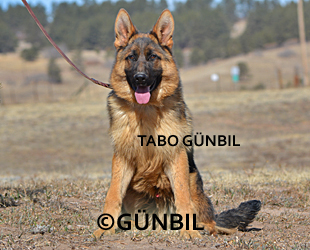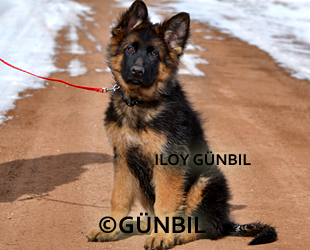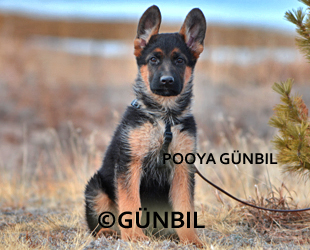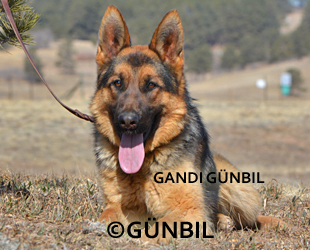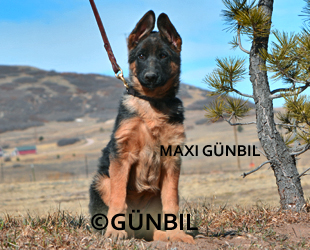
Canine Parvo Virus (CPV) - Symptoms and Treatment of the Corona Virus in Dogs (dhlP-p)
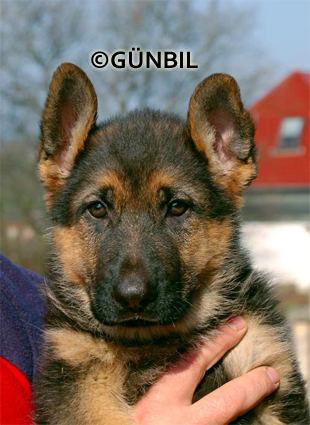
Canine Parvovirus Infection in Dogs (CPV)The final part of the DHLP-P combination is a vaccine for Canine Parvovirus.
The canine parvovirus (CPV) infection is a highly contagious viral illness that affects dogs. The virus manifests itself in two different forms. The more common form is the intestinal form, which is characterized by vomiting, diarrhea, weight loss, and lack of appetite (anorexia). The less common form is the cardiac form, which attacks the heart muscles of very young puppies, often leading to death. The majority of cases are seen in puppies that are between six weeks and six months old. The incidence of canine parvovirus infections has been reduced radically by early vaccination in young puppies.
Symtoms The major symptoms associated with the intestinal form of a canine parvovirus infection include severe, bloody diarrhea, lethargy, anorexia, fever, vomiting, and severe weight loss. The intestinal form of CPV affects the body's ability to absorb nutrients, and an affected animal will quickly become dehydrated and weak from lack of protein and fluid absorption. The wet tissue of the mouth and eyes may become noticeably red and the heart may beat too rapidly. When your veterinarian palpates (examine by touch) your dog’s abdominal area, your dog may respond with pain or discomfort. Dogs that have contracted CPV may also have a low body temperature (hypothermia), rather than a fever.
Causes - Most cases of CPV infections are caused by a genetic alteration of the original canine parvovirus: the canine parvovirus type 2b. There are a variety of risk factors that can increase a dog’s susceptibility to the disease, but mainly, the virus is transmitted either by direct contact with an infected dog, or indirectly, by the fecal-oral route. Heavy concentrations of the virus are found in an infected dog’s stool, so when a healthy dog sniffs an infected dog’s stool, it will contract the disease. The virus can also be brought into a dog's environment by way of shoes that have come into contact with infected feces. There is evidence that the virus can live in ground soil for up to a year. It is resistant to most cleaning products, or even to weather changes. If you suspect that you have come into contact with feces at all, you will need to wash the affected area with household bleach, the only disinfectant known to kill the virus.
Improper vaccination protocol and vaccination failure can also lead to a CPV infection. Breeding kennels and dog shelters that hold a large number of inadequately vaccinated puppies are particularly hazardous places. For unknown reasons, certain dog breeds, such as Rottweilers, Doberman Pinschers, Pit Bulls, Labrador Retrievers, German Shepherds, English Springer Spaniels, and Alaskan sled dogs, are particularly vulnerable to the disease. Diseases or drug therapies that suppress the normal response of the immune system may also increase the likelihood of infection.
Diagnosis - CPV is diagnosed with a physical examination, biochemical tests, urine analysis, abdominal radiographs, and abdominal ultrasounds. A chemical blood profile and a complete blood cell count will also be performed. Low white blood cell levels are indicative of CPV infection, especially in association with bloody stools. Biochemical and urine analysis may reveal elevated liver enzymes, lymphopenia, and electrolyte imbalances. Abdominal radiograph imaging may show intestinal obstruction, while an abdominal ultrasound may reveal enlarged lymph nodes in the groin, or throughout the body, and fluid-filled intestinal segments.
You will need to give a thorough history of your pet's health, recent activities, and onset of symptoms. If you can gather a sample of your dog's stool, or vomit, your veterinarian will be able to use these samples for microscopic detection of the virus.
Those puppies that have had one or two in the recommended schedule of vaccines will often have an advantage over those without in actual chances of recovery.The build up an immunity against parvo and all the other diseases, veterinarians recommended vaccination schedule is a loading dose at six weeks, a follow up four weeks later and another given four weeks after that. Six months after the last DHLP-P is given, a follow up parvo vaccination is given and then the vaccines go to an annual injection that is usually given with the law required Rabies shot.
Parvo is a relatively recent disease. Its first reported cases occurred in 1978 and proceeded to lay waste to large numbers of the canine population.
Parvo is a highly contagious viral disease that can be spread in a number of ways. Contact with the feces or vomit of an infected dog is the source of the infection but tracing it back to the contagious dog can be extremely hard to do.
A puppy can come into an environment in which a contagious dog was in up to six months previously. Strays can spread it by sniffing with another dog through the fence. In 1978, humans were and still are one of the main carriers of the disease. Dog breeders at that time were often wiped out as entire litters as well as their adult dogs became infected with the disease as would be buyers would go to several different sites looking for a puppy. These buyers would come into contact with an infected dog and carry the disease to each stopping place along the way on their hands, clothes or even shoes.
Today, parvovirus normally attacks a younger dog’s rapidly reproducing cells in the bone marrow, lymph nodes, heart and gastrointestinal tract. With infection, the disease will often take one of two forms: the diarrheal and the cardiac form.
The diarrheal or “enteric” parvovirus comes with a sudden onset, vomiting and bloody diarrhea, lethargy, lack of appetite as well as an increase in temperature. Puppies not treated for the disease will often dehydrate and die quickly. The estimated mortality rate for untreated puppies is approximately 80-85%. This rate is slightly higher in Rottweillers and Dobermans due to a prevalence of the blood clotting dysfunction called “Von Willebraun’s disease.”
- When parvovirus takes its cardiac or myocardial form, it can cause congestive heart failure even in those puppies that survive the disease. Congestive heart failure in itself will cause the premature death of the puppy.
A veterinarian who suspects parvovirus may run a series of different tests to prove the infection. One of the oldest and most reliable tests is to simply do a white cell count. A marked decrease in these cells is a good sign of parvovirus being present. There are also tests that can be run on a small stool sample, which most veterinarians can run in office with results given within ten to fifteen minutes.
If the test shows positive for the disease, the owner then has to decide on a course of action. The preferred course is an extended hospital stay, IV fluids given through out the day, medications given to slow the gastrointestinal tract and antibiotics to prevent secondary infections. The cost of these treatments is high and only the owner can decide if they can afford to proceed and it must be remembered that even with the best of veterinary care, there is no guarantee that the dog will survive.
-
The vaccines are fairly inexpensive and can be gotten not only through a veterinarian but also through feed and even some drug stores. They are injected under the skin with few puppies having reactions.
-
All puppies and dogs deserve the basic preventative care necessary to keep them safe from communicable diseases and with the variety of available options open to the owner, there is no reason for the pet’s neglect.
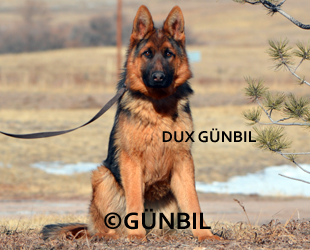
- All About German Shepherd Puppies
- Pet Disease and Allergies
- Hips and Elbows
- German Shepherd Dog Anatomy
- What is Schutzhund
- German Shepherd Behavior
- Quick Tips On German Shepherds
- Our Show Dogs
